Muscle cars have a rich history filled with iconic models, but nestled within that history are lesser-known trims that often get overlooked. Highlighting these unique trims not only sheds light on their performance specs but also showcases their contributions to the automotive culture that enthusiasts cherish.
1. Pontiac Firebird Trans Am 455 Super Duty
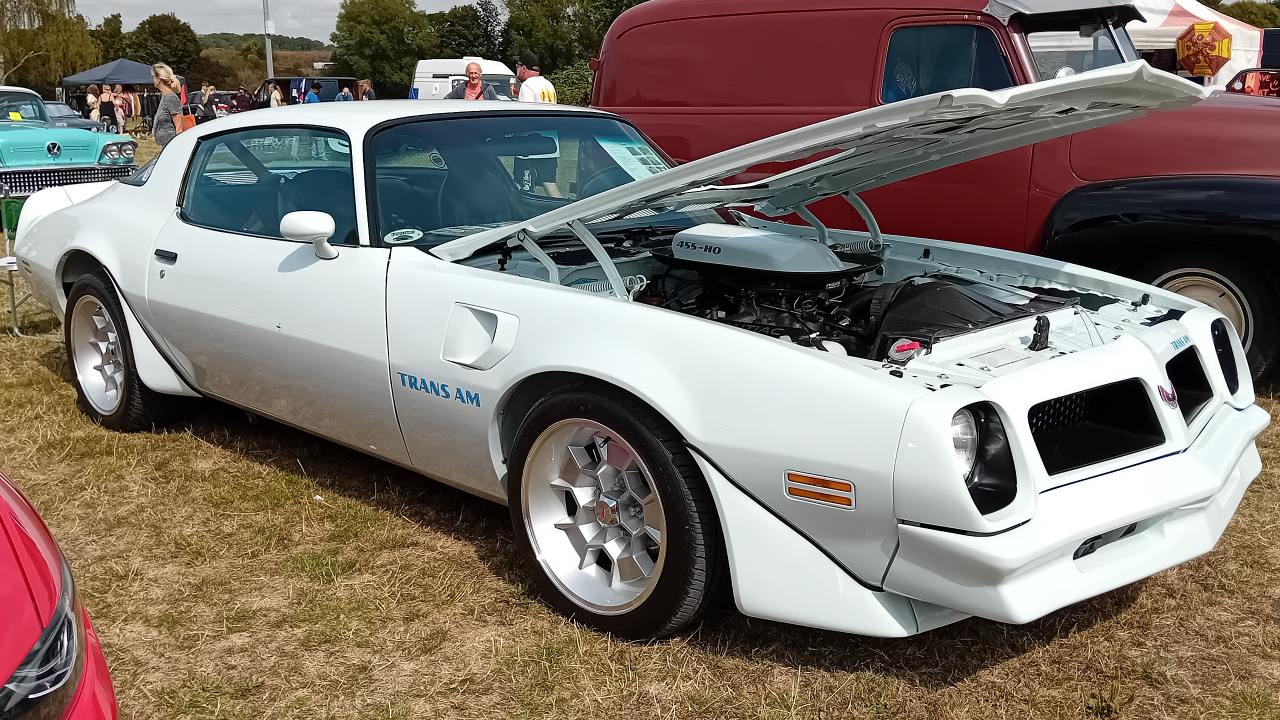
The Pontiac Firebird Trans Am 455 Super Duty is a prime example of raw muscle car performance. Released in 1973, it boasted a 455 cubic inch V8 engine that produced a staggering 310 horsepower and 395 lb-ft of torque. This beast could accelerate with ferocity, making it one of the most powerful cars of its time. However, due to its limited production—only 1,200 units were built—it quickly became a collector’s item, highly sought after by enthusiasts.
Its cultural impact extends beyond performance; it was prominently featured in films and television shows, solidifying its place in automotive history. As part of Pontiac’s legacy, the 455 Super Duty played a crucial role in defining the brand’s commitment to high-performance vehicles.
2. Dodge Charger R/T SE

The Dodge Charger R/T SE, often overshadowed by its more famous counterparts, offers a blend of performance and luxury that set it apart from standard Charger models. Produced in the late 1960s and early 1970s, the R/T SE featured a distinct rear window treatment and a more upscale interior. Its 440 cubic inch V8 engine delivered impressive power, appealing to a more refined audience looking for both speed and comfort.
Despite its capabilities, the R/T SE is often overlooked in conversations about classic Chargers, primarily due to its limited production numbers. This rarity adds to its allure, making it a hidden treasure for collectors who appreciate the unique blend of style and power.
3. Ford Mustang Mach 1 (1971)
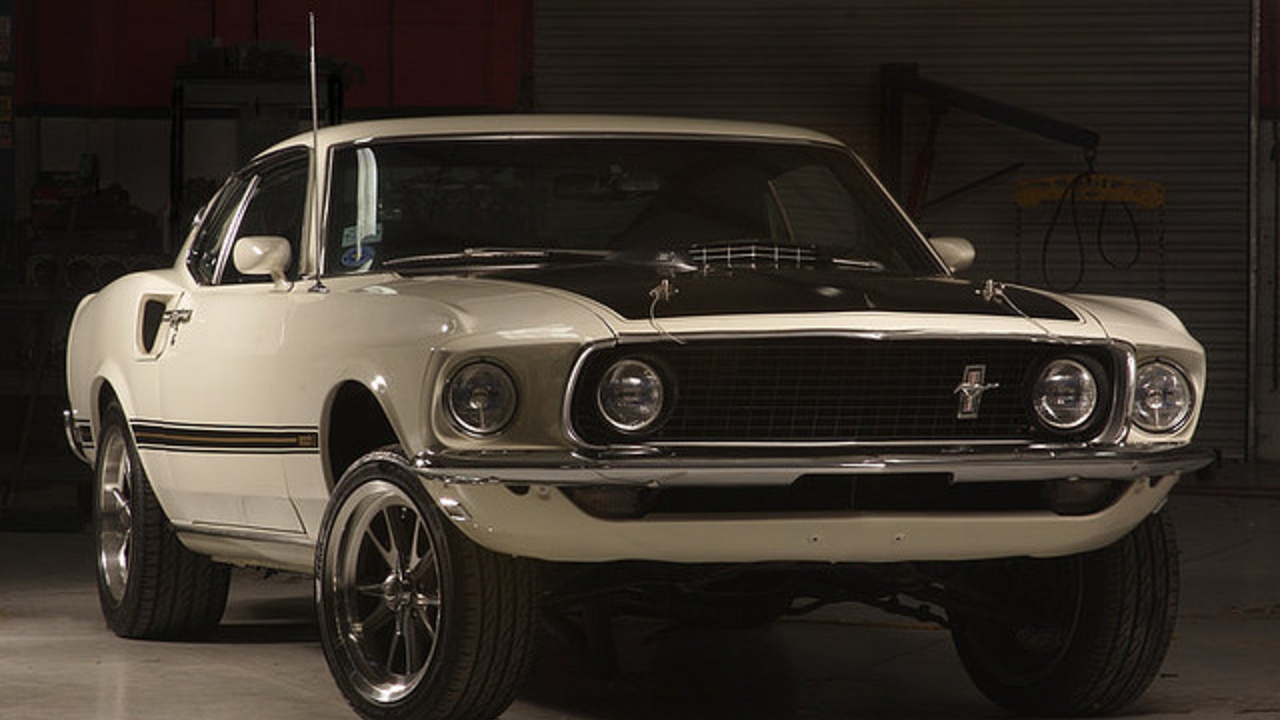
The 1971 Ford Mustang Mach 1 marked a significant evolution in the Mustang lineup, featuring a more aggressive design with a longer hood and a wider body. This generation introduced performance upgrades that included a choice of powerful engines, such as the 351 Cleveland and 429 Cobra Jet. However, despite its performance credentials, the 1971 Mach 1 is often forgotten when fans discuss earlier, more iconic models.
In the context of the muscle car era, the 1971 Mach 1 symbolizes a transition period that paved the way for the future of American muscle. Its unique design and performance capabilities deserve more recognition as they contributed to the Mustang’s storied legacy during a time of industry change.
4. Chevrolet Nova SS 396
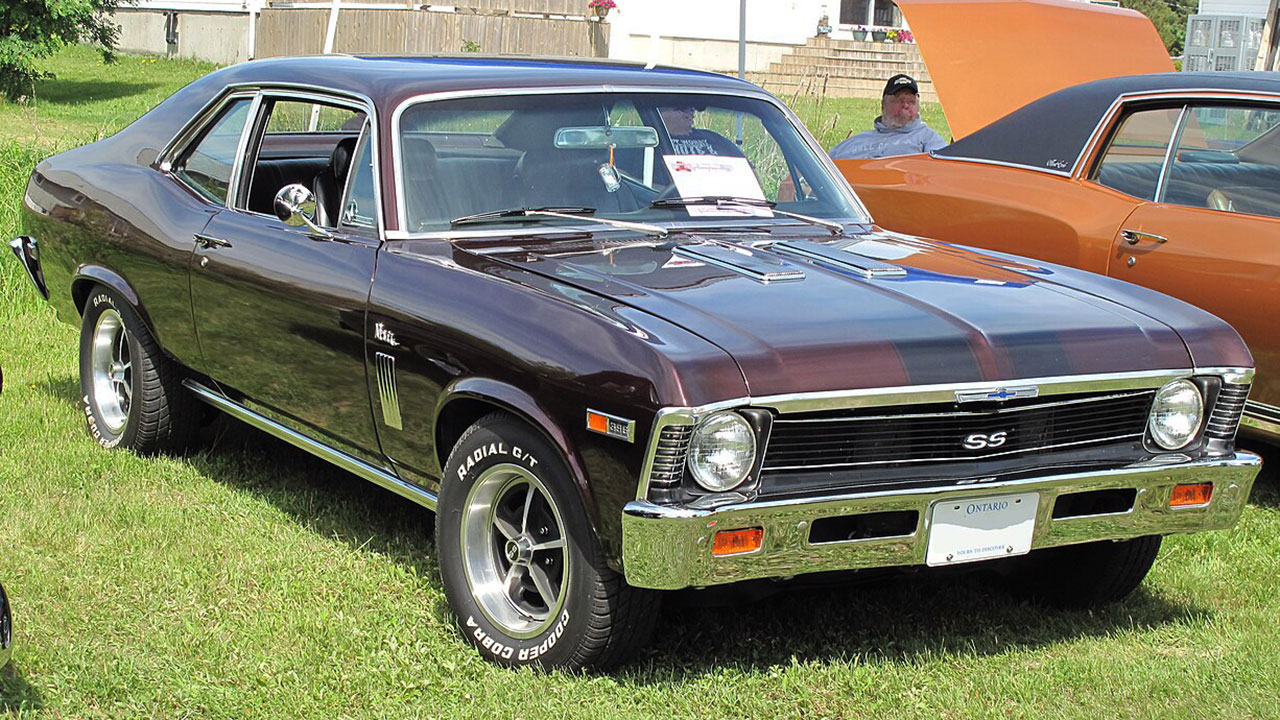
The Chevrolet Nova SS 396 is a model that highlights the power of compact muscle cars. With its available 396 cubic inch V8 engine, this Nova could produce up to 375 horsepower, delivering impressive street performance that rivaled larger muscle cars. Despite its capabilities, the Nova often gets overshadowed by bigger models like the Chevelle, which is a shame considering its impact on the muscle car market.
The Nova SS 396 has a unique legacy, recognized among collectors for its rare combination of compact size and powerful performance. As enthusiasts continue to explore the history of muscle cars, the Nova SS stands out as a versatile choice for those seeking a vehicle that packs a punch without the bulk of larger models.
5. AMC Javelin AMX
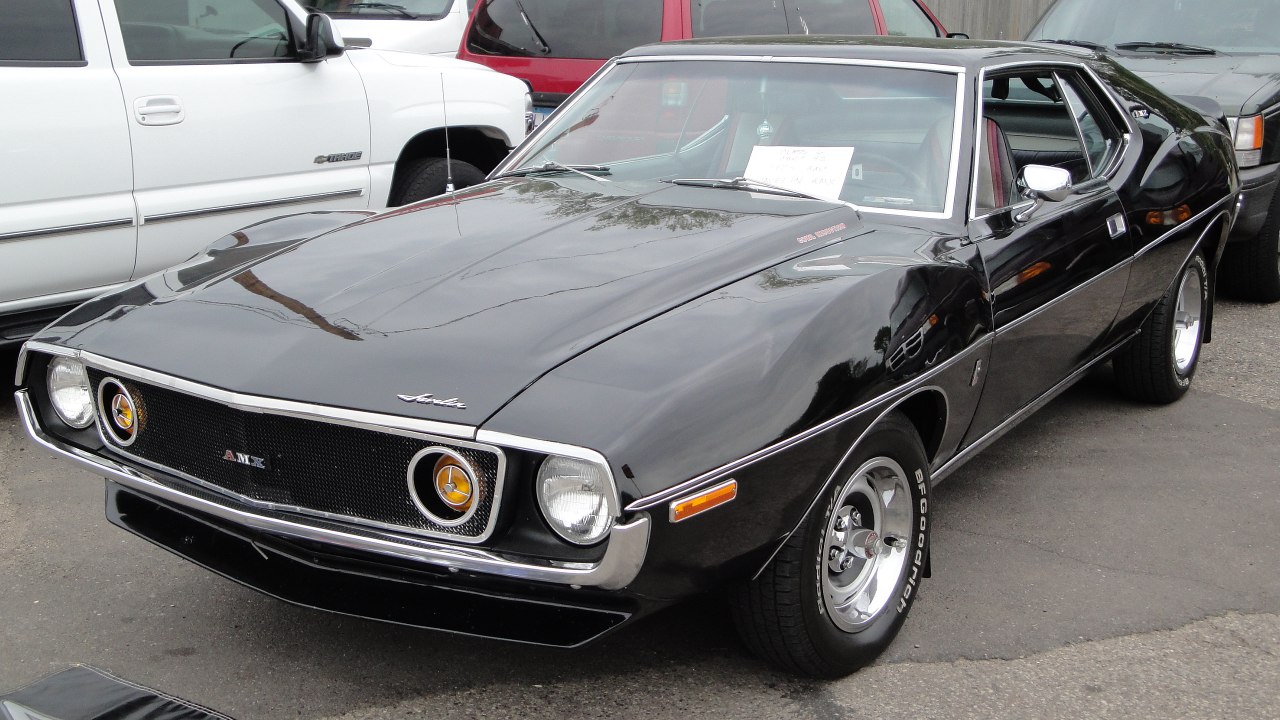
The AMC Javelin AMX is a distinctive entry in the muscle car segment, known for its unique styling and performance features. Launched in 1968, the AMX was a two-seat coupe that offered a powerful 390 cubic inch V8 engine, capable of producing 315 horsepower. AMC’s marketing strategy focused on creating an identity separate from the Big Three, which helped the AMX carve out its niche in a competitive market.
Despite its impressive specs and distinctive design, the Javelin AMX remains underappreciated in muscle car discussions. Its cult following speaks to its unique place in automotive history, highlighting the passion of enthusiasts who recognize the AMX for the groundbreaking vehicle it was.
6. Mercury Cougar Eliminator

The Mercury Cougar Eliminator is a model that deserves more attention in the muscle car community. Launched in 1970, the Eliminator featured a variety of performance options, including a potent 351 cubic inch V8. Its aggressive styling, combined with performance upgrades, positioned the Eliminator as a serious contender in the muscle car market, competing with models like the Ford Mustang and Dodge Challenger.
Rarity adds to the allure of the Cougar Eliminator, as fewer than 10,000 units were produced during its run. Its unique combination of style and performance makes it a significant part of Mercury’s history, yet it often gets overlooked in favor of more popular models from the same era.
7. Oldsmobile 442 W-30
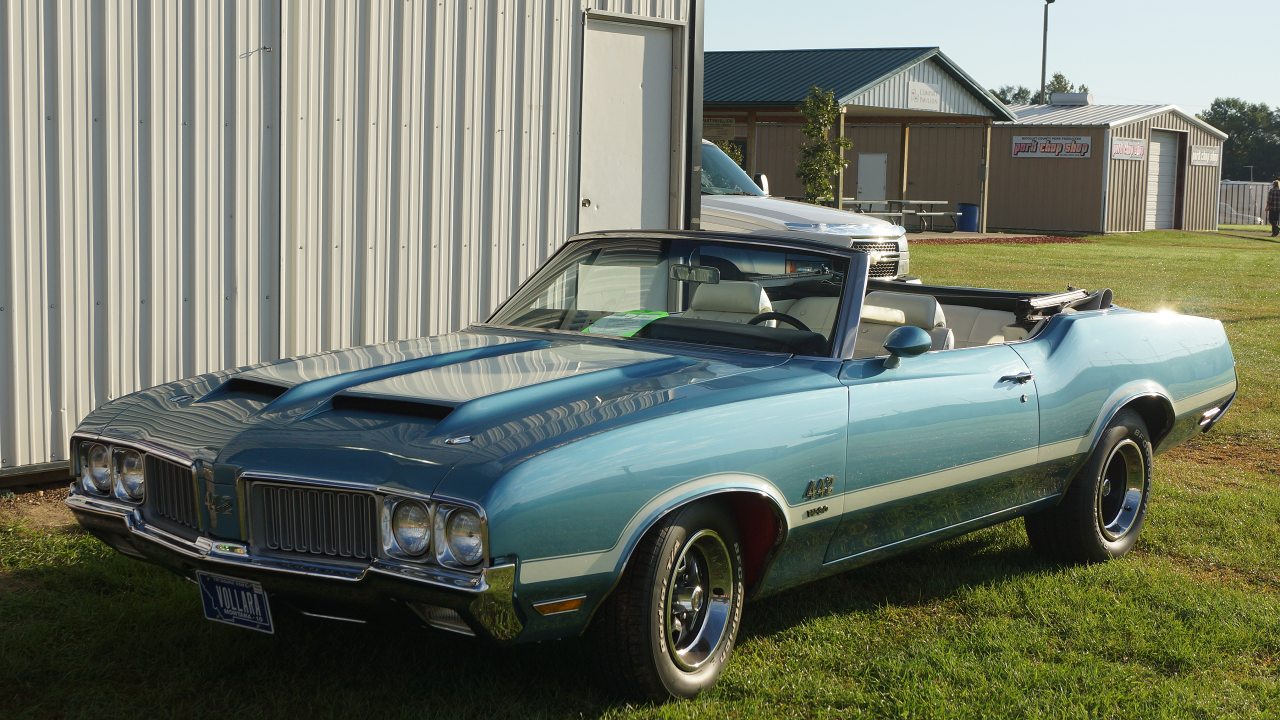
The Oldsmobile 442 W-30 is a performance-oriented trim that stands out for its significant upgrades. With a powerful 455 cubic inch V8 engine producing around 365 horsepower, the W-30 was designed for serious performance enthusiasts. Features such as a functional hood scoop and improved suspension set it apart from other Oldsmobile models, making it a car that commands attention on the road.
Despite its impressive performance, the W-30 is often forgotten when compared to its GM siblings, like the Chevelle SS. However, its legacy is appreciated among collectors, particularly those who recognize the unique engineering and performance characteristics that define the 442 W-30.
8. Chrysler Plymouth GTX

The Chrysler Plymouth GTX is another model that blends muscle car performance with a touch of luxury. Launched in 1967, the GTX featured a range of powerful engine options, including the 440 cubic inch V8 and the legendary Hemi engine, making it a formidable performer. However, it also offered a more refined driving experience, with upscale interior features that set it apart from its competitors.
Over the years, the GTX has faded from mainstream muscle car conversations, overshadowed by more prominent models. Nevertheless, its legacy remains strong among enthusiasts who appreciate the balance of power and sophistication that the GTX represents in the muscle car world.



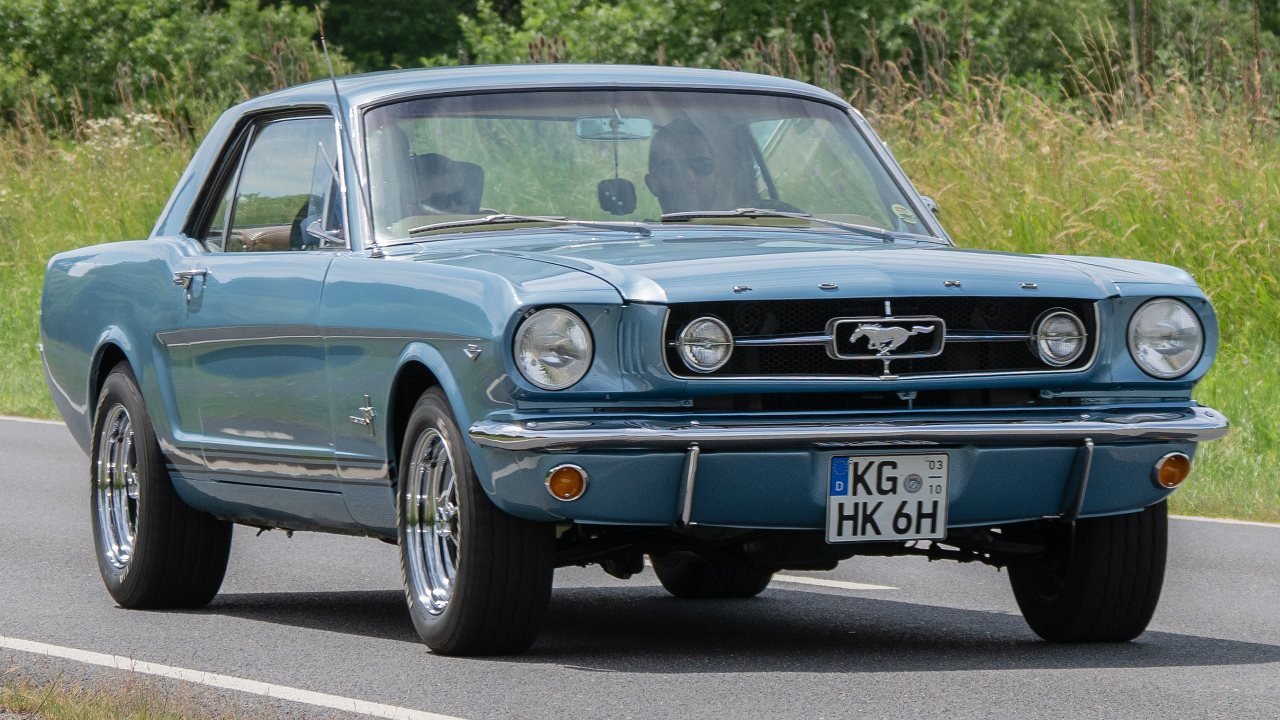
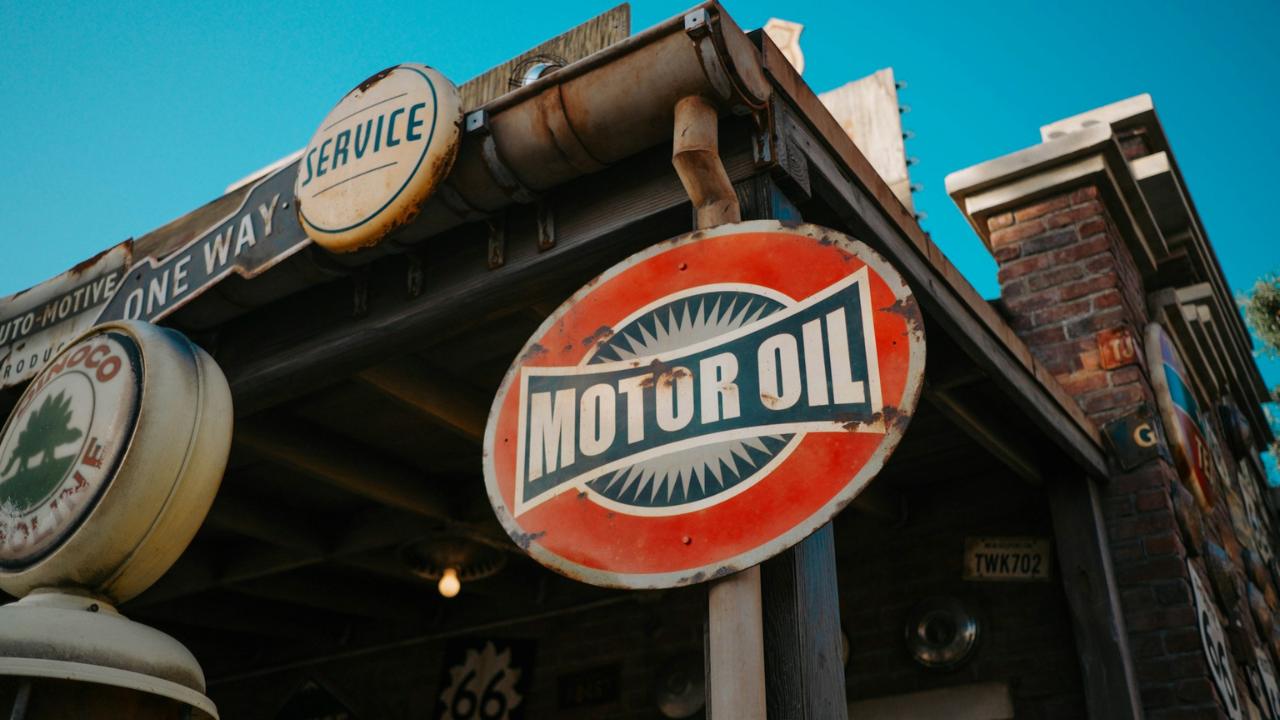
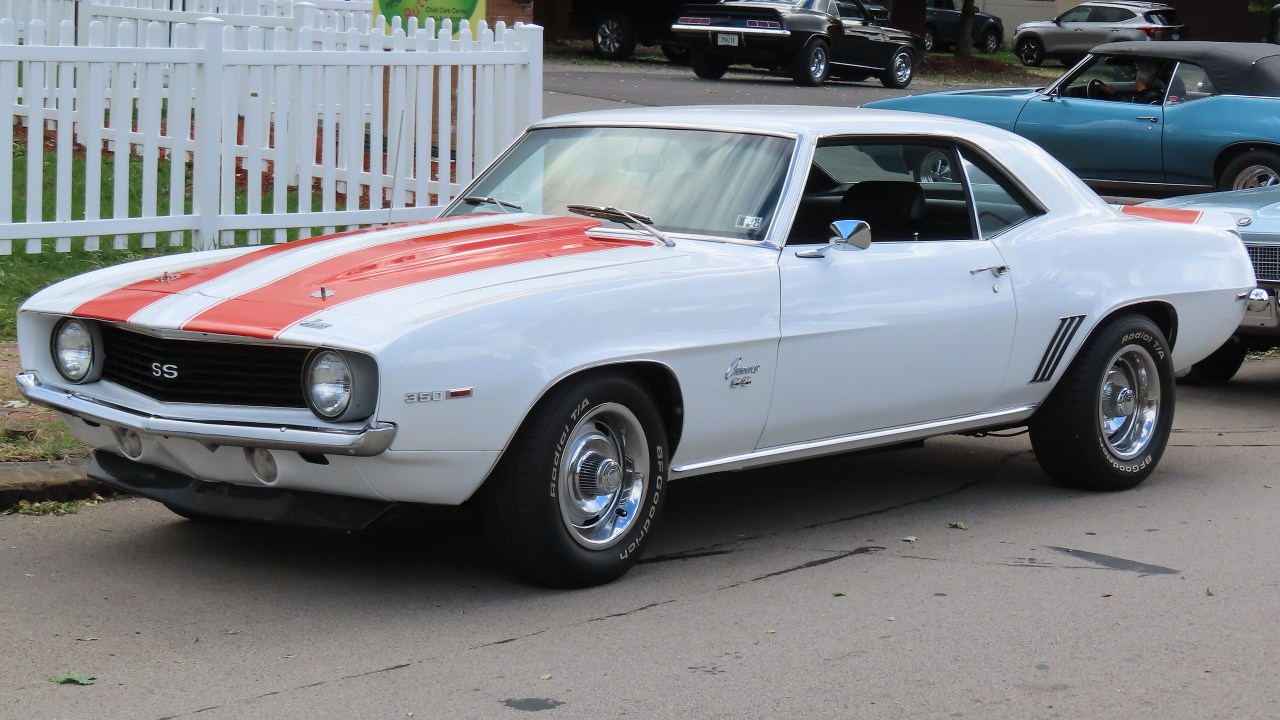
Leave a Reply